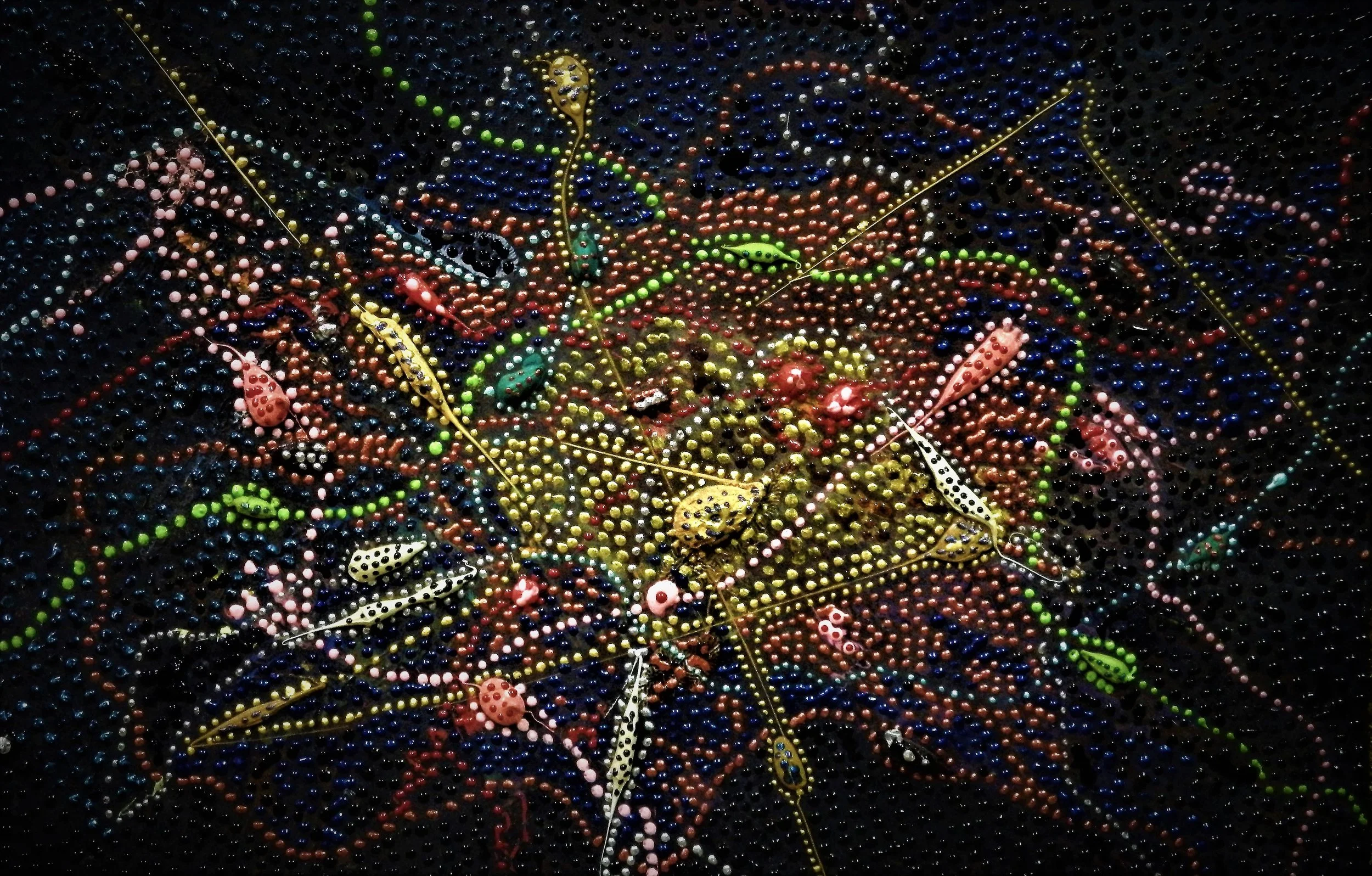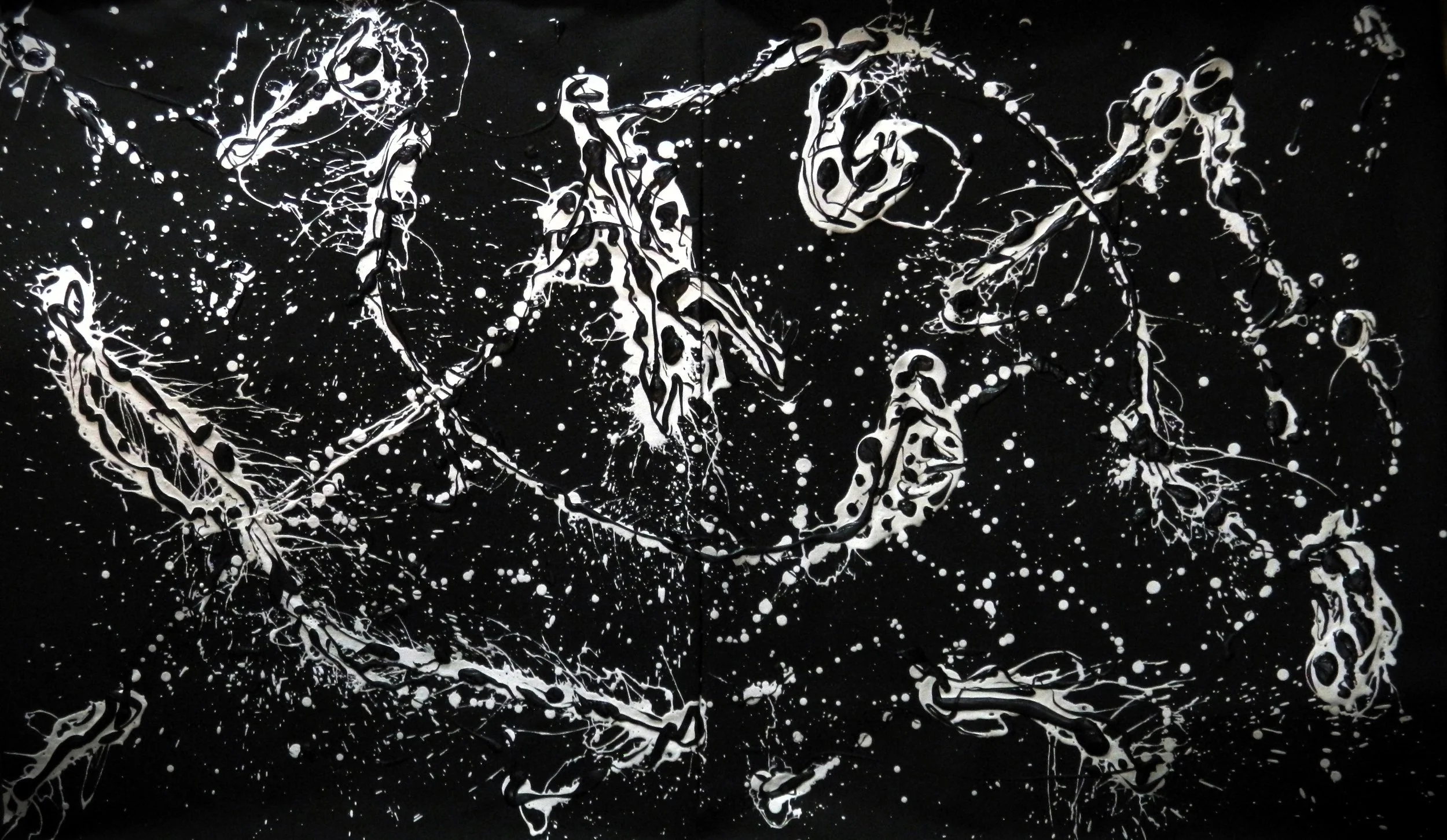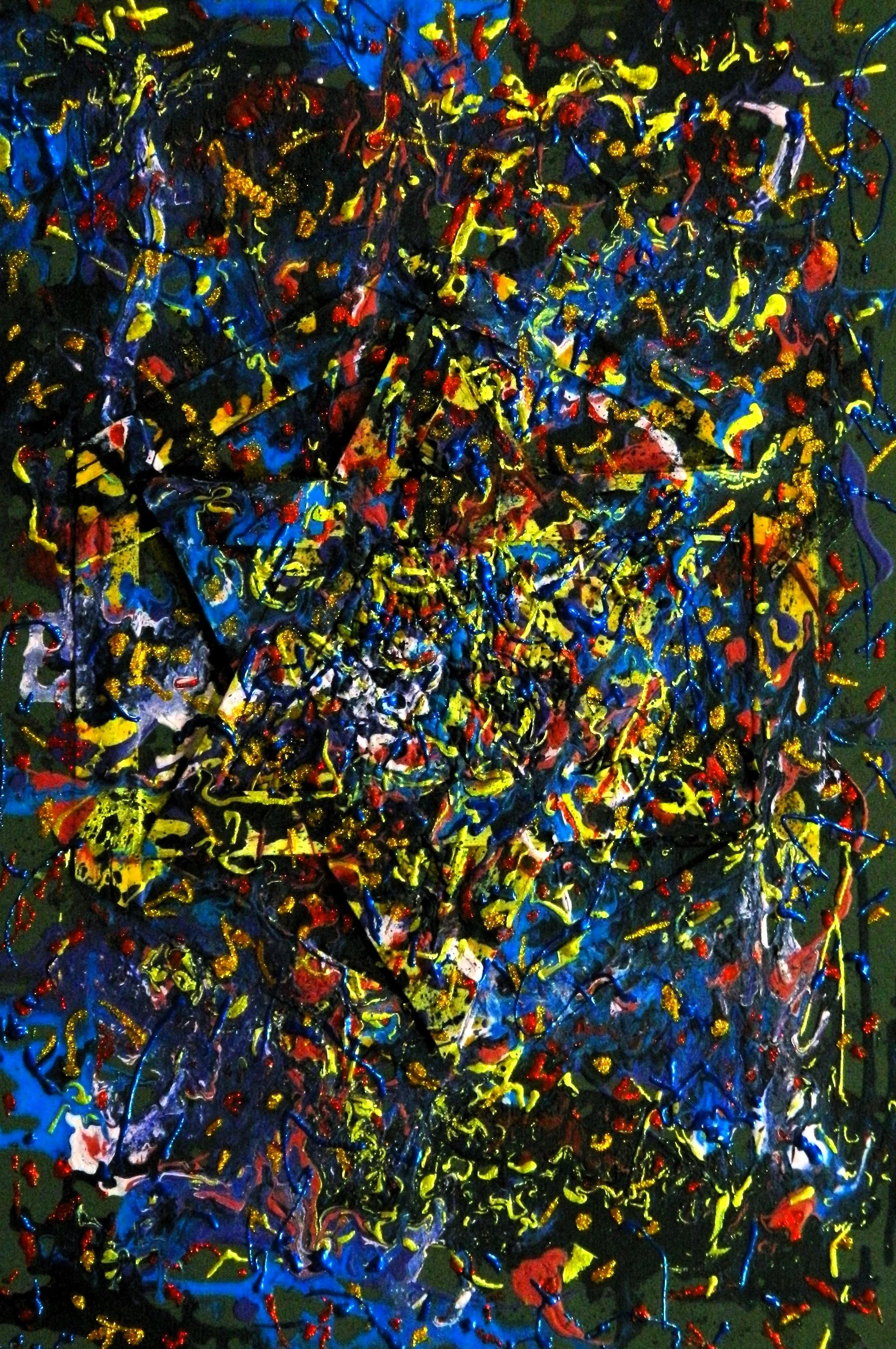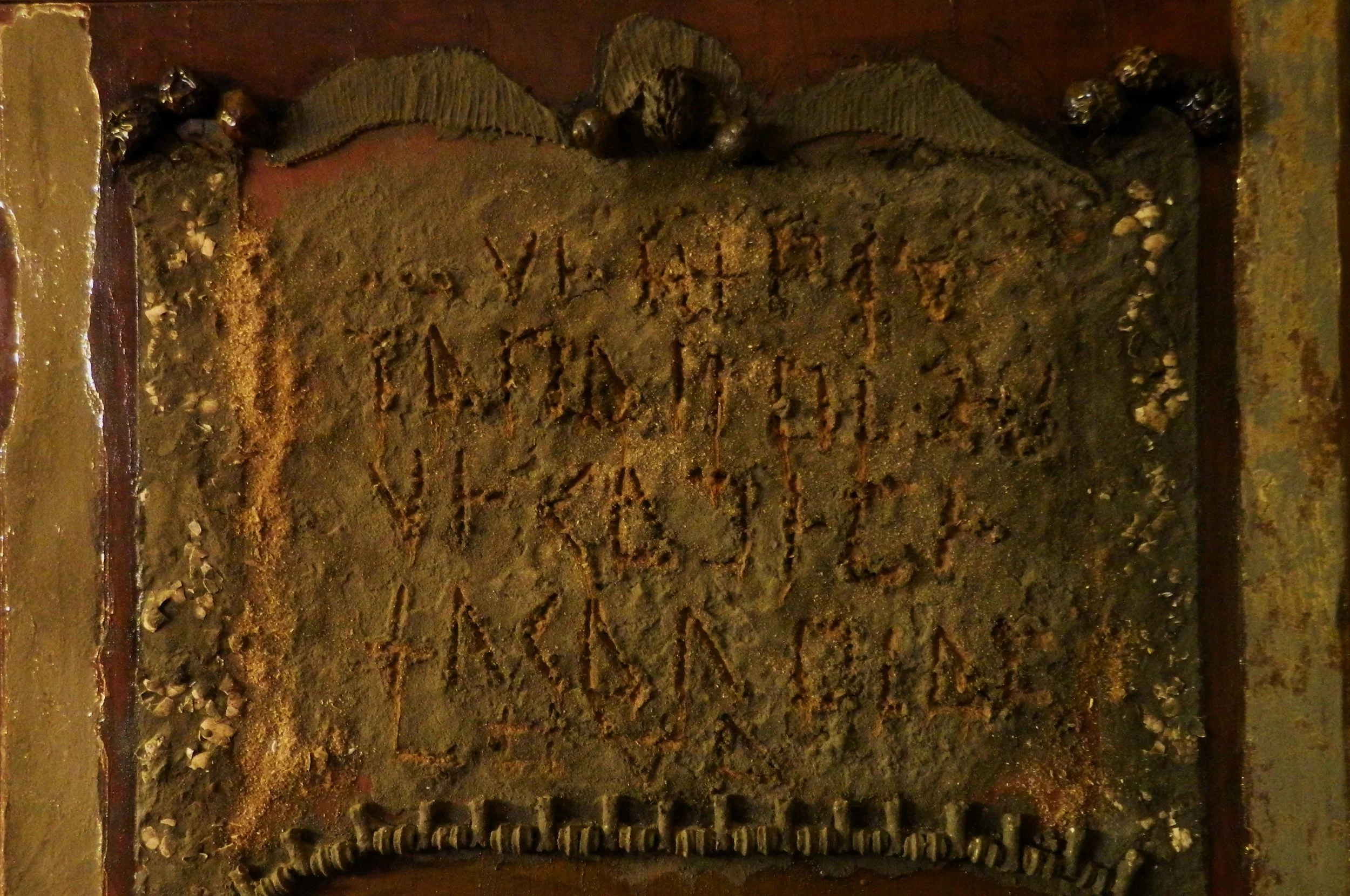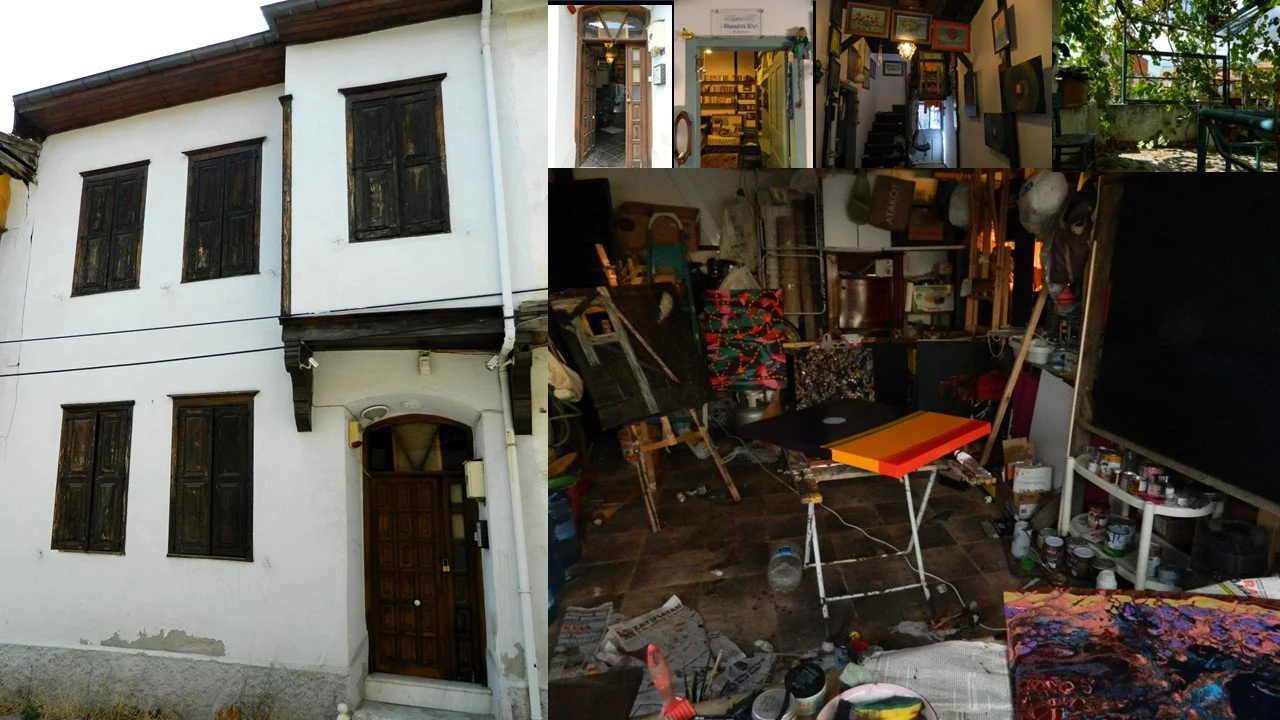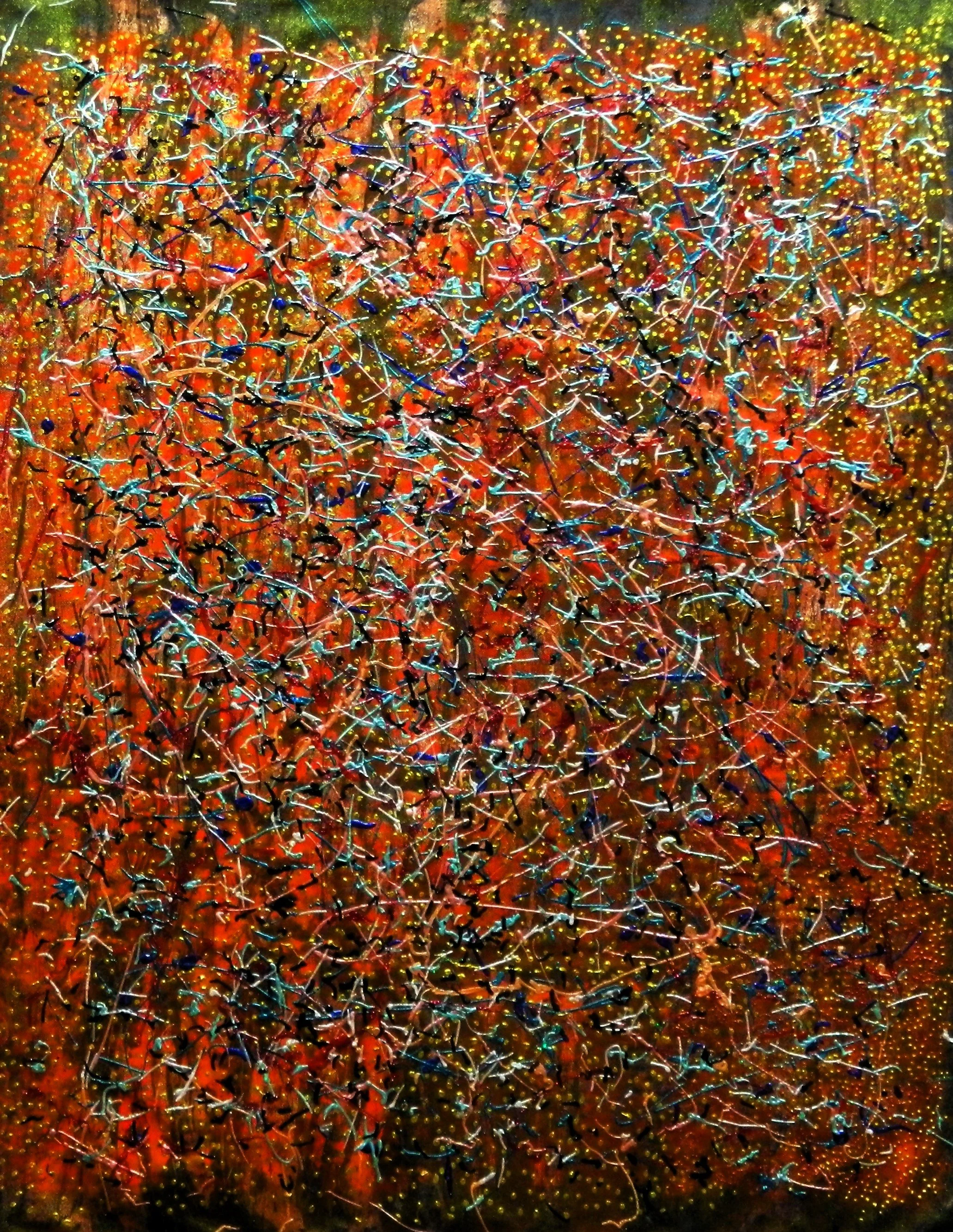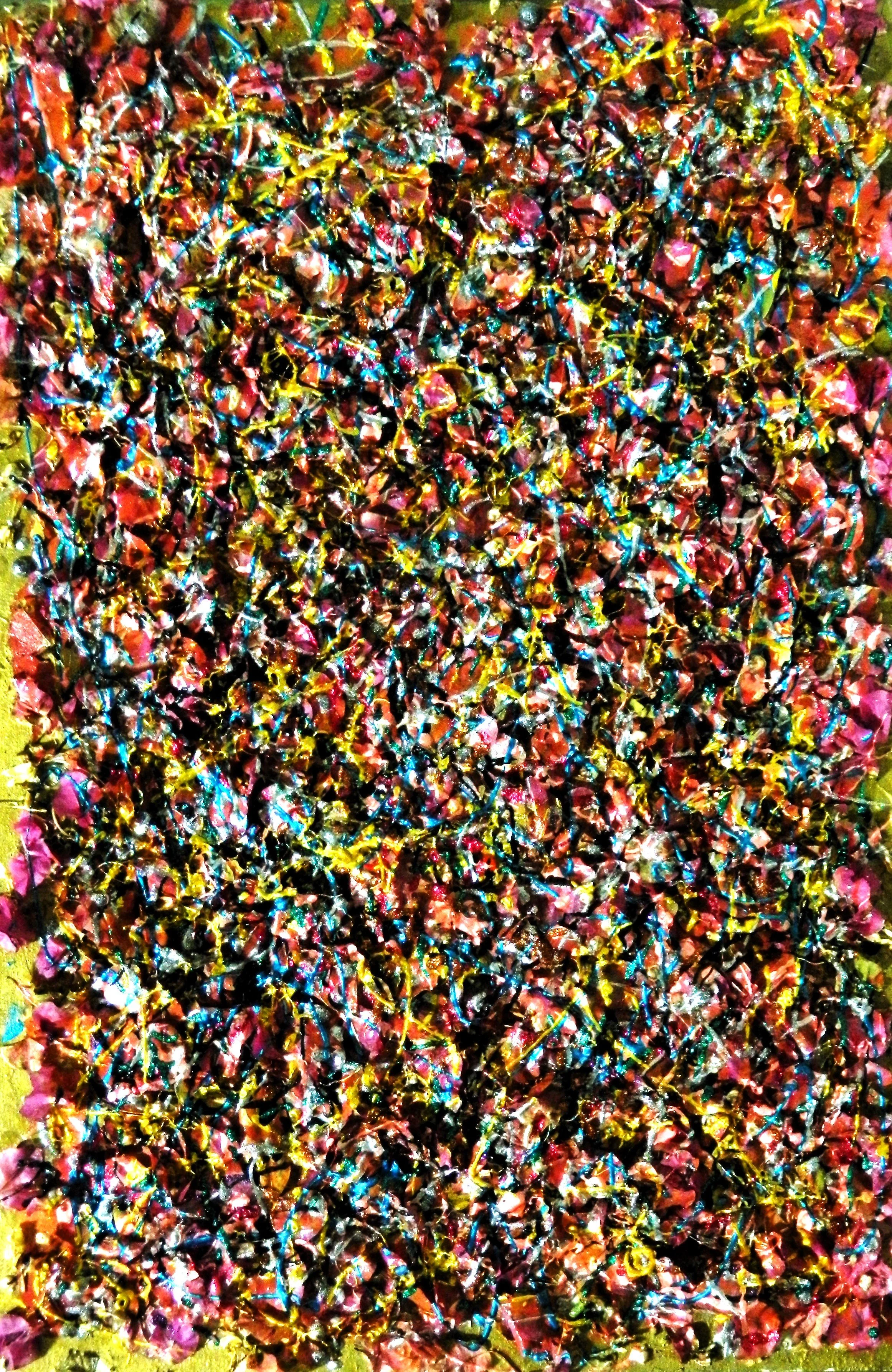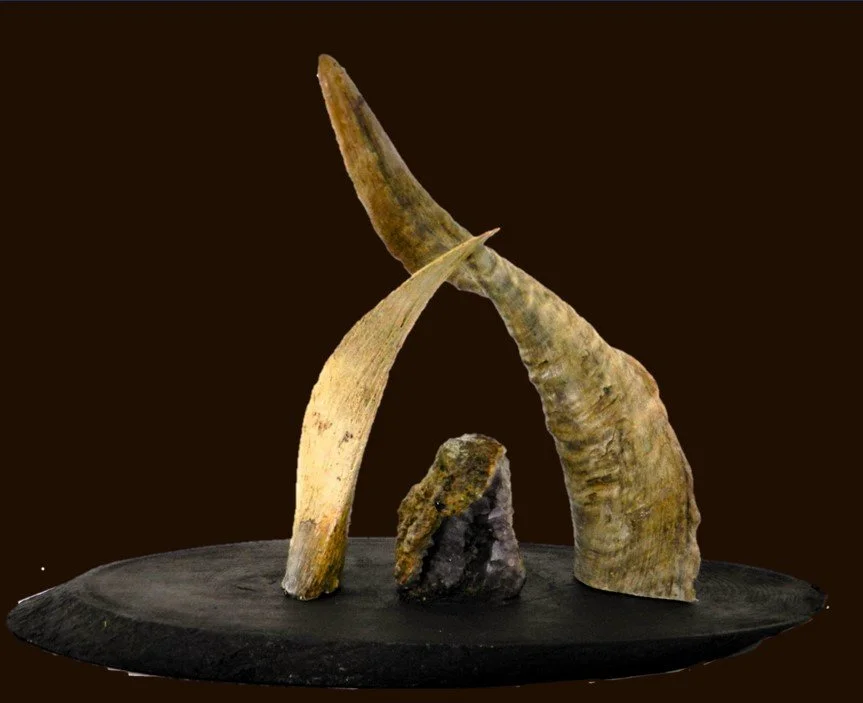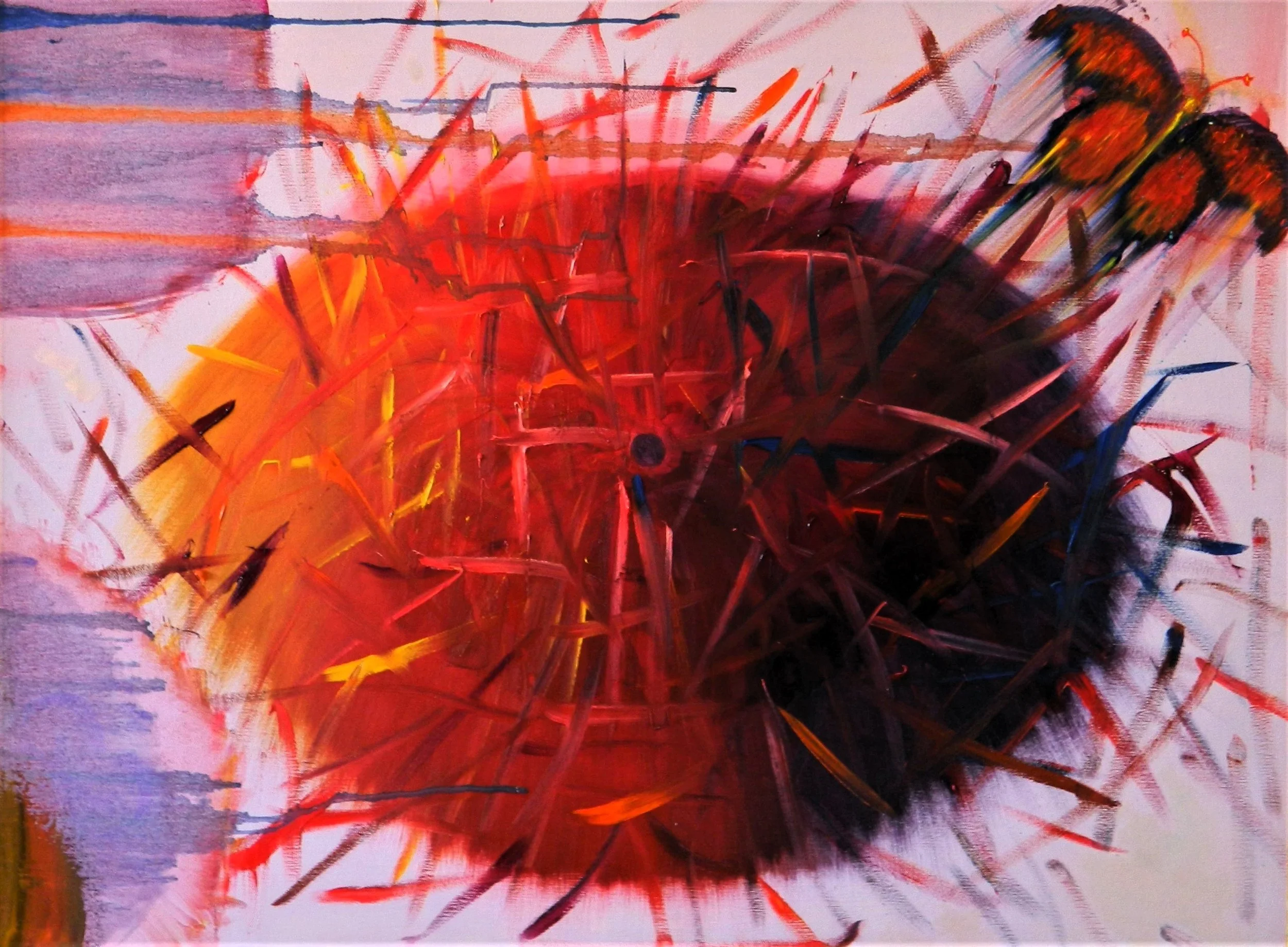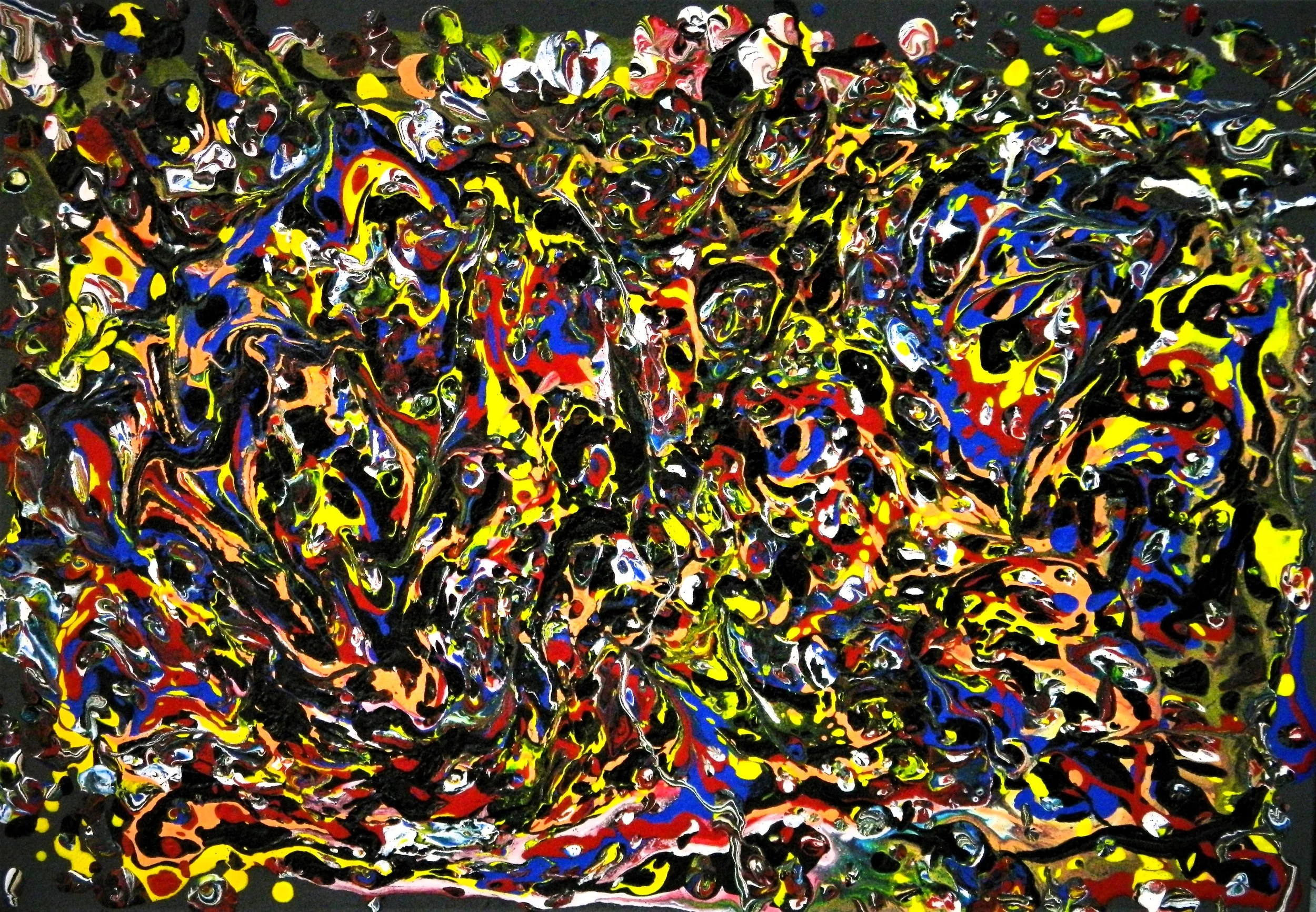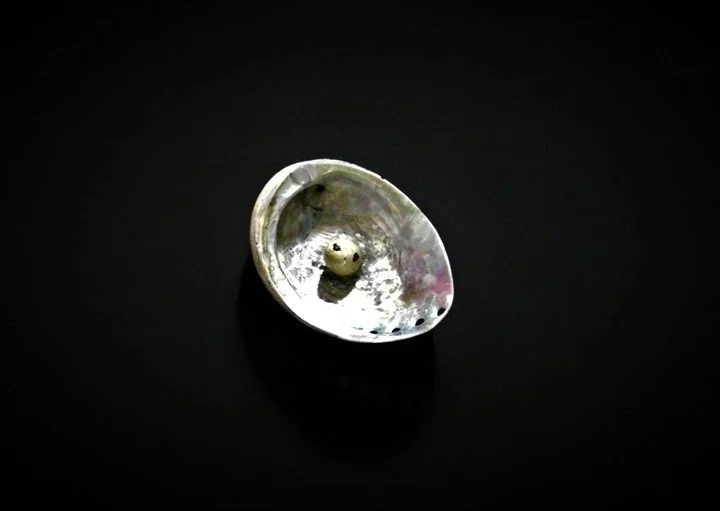Interview with Kenan K. (Koçak)
When I started painting as a hobby in my fifties, it was as if the soul of a twelve-year-old boy had come out of the shelter where he had been staying for years. We decided to walk on the path of art together, hand in hand if possible.
I realised that art allows me to touch the lives of people, - if they let me-, who I have never met or who do not know me. This is a profound, unique and inspiring feeling for me.
You've achieved significant success and recognition in the art world throughout your career. Could you walk us through your artistic journey, highlighting key turning points or influential moments that shaped your path? How have your style, techniques, and themes evolved over the years, and what challenges did you face as you transitioned through different phases of your artistic development? Additionally, how have your personal experiences and the broader cultural or global contexts influenced the direction and expression of your art?
Thank you very much. Around June 2006, I was looking for a hobby after retirement. Jülide asked me to take a painting lesson at a family dinner at Hızır Teppeev's studio. Little did I know that this was the first step in a long artistic journey. The following weekend I found myself in Hızır Teppeev's studio. When I told him that I had painted my last picture in secondary school as a twelve-year-old boy, Hızır replied: "That's good for you! You are like a white page!” Our first three works were, shall we say, "classical", aimed at familiarising myself with the material and learning the technique.
First Painting (The Vase and the Fruits)
In the first work , I had learnt fifteen technical subjects, but the most important thing was not the technique but Hızır's reminder "Respect your brushes!".
The fourth piece was an abstract work that emerged from an inner impulse, and the following pieces generally continued in this direction.
First abstract (Note: It was an early attempt to combine music and painting. I failed)
I have always been interested in new initiatives and experiments in material use and technique by nature. Every change or difference in technique or input brings you to a new beginning. However, the experiences you gain in unfamiliar and new areas contribute to your next attempt and make your next work easier. You progress step by step, like building a house brick by brick or growing a plant.
I chose a theme/subject in my early years and worked on it. Then I realised that paintings/works can go their own way and now I still sometimes choose a theme, but mostly I go with the flow.
Cellular Aphorism (The work followed its way and a friend is the Name’s Mother)
We could work with Hızır for two years and only on weekends. When I retired, I moved to another city and continued my life alone (except for taking a half-day course from Özdemir Yemenicioğlu in 2019). One of the most important things you needed was criticism. But the more you work, the more confident you become and get used to its absence.
Positive and negative happenings in your environment (in your country, in the world, in the line of humanity) affect your emotional state of mind and your consciousness.
Suffocation
Whilst in the past I have mostly worked on direct issues (the effects of war, migration/displacement issues, the coronavirus pandemic, etc.), I have recently moved towards more indirect areas and I think this leaves more space for the audience.
Cognitive Dissonance
Your works are known for their unique blend of emotion and technical mastery. Can you elaborate on your creative process, from the inception of an idea to the completion of a piece? What inspires your concepts, and how do you translate these inspirations into tangible art? Moreover, in your experience, how do you navigate the balance between artistic integrity and the commercial aspects of the art world? How do you maintain your artistic vision while also engaging with art collectors, galleries, and the public audience?
The whole process proceeds with a flow in which you have a certain awareness, developed over time with patience and experience. This flow is by its very nature continuous and holistic, with some pauses and stops.
To facilitate the analysis, it may be better to examine it in stages (often overlapping):
The first stage is collecting and accumulating: It is as if you have a pool/repository for your intellectual, emotional and material gatherings. In addition to your thoughts (especially those that come early in the morning), ideas/inspirations (self-produced, a book, a film), dreams, whatever attracts your attention, such as materials (a piece of cloth, a tree branch, a snail, a shell...) etc., go into this pool. This goes on and on in repetition unless You pause it.
Geometry and Emotions (Invisible Connection) (Denis Guedj's great novel "The Parrot's Theorem" inspired this work)
The second stage is to start working: A certain time comes and a quiet voice/sound/message starts to speak inside: "Time to work!". When you start working, whatever is useful (thoughts, ideas, materials/colours), either emerges from where you have already gathered or appears/comes in front of you. Needless to say, during the action you pay attention to the techniques and requirements for dexterity (artistry) by making necessary checks as often as possible. From an emotional point of view, it gives you the feeling that you are moving to a small fantasy world or entering a kind of trance where the emotional and mechanical aspects of the work merge harmoniously.
Earth's Letter to Humankind (Daniel Quinn's great novel "Ishmael" inspired the work)
(Letter says: The world is not yours. You belong to it.)
The crucial and decisive point here is perhaps the silent inner dialogue with the work or with whatever/whoever is behind it. Suppose you have a dear friend or friends around you, or far away, who are instantly available when and wherever they think you need support. No need to invite them. They make their supportive and encouraging propositions and leave the rest to you. They always speak positively: "Do this, do that" and never say "Don't".
Honestly, I have asked myself many times "Are these being generated by my subconscious?" But, by separating yourself to the extent possible from the current “Dynamics” and hence being able to get closer to objectivity; I would prefer to say that they most probably are external energies. By having science and intellect as main guides and not being a psychic person in general, I do not know the sources of these (who), the reasons (why) or how they work (how), but I am quite sure that they are helpful, mostly for art.
Above all, this seems to me to be a wonderful way of communication and gives me a fantastic feeling of being cared for. While I was writing these I realised that their approach to communication and friendship is exemplary.
From a commercial point of view, I think that art/creativity and marketing work in opposite directions. Once, I tried to focus on the commercial side where creativity started disappearing, like losing the source of water when it was dug up. So I went straight back to the artistry and now only dealt with the commercial side for short periods if the opportunity arises.
Your atelier is set in a restored 1926 house in Edremit-Balikesir. How does this unique setting influence your creative process?
A very peaceful and quiet old house with a tiny garden where you can stay with yourself. When I first entered the house, I immediately felt the positive and high energy surrounding it. Visitors also express this as soon as they enter. As it resembles the houses where we spent our childhood may be another side effect of its charm. Like "microclimate air", this house gives the feeling of " an ecological energy environment". The vine tree in my backyard also produces delicious grapes when in season. I believe that the energy environment here contributed significantly to the work.
Note: For the last few years I have been working at home due to the lack of space in Atelier and for practical reasons.
In your statement, you mention that art should "advance or increase the degree of consciousness." Can you elaborate on how your work aims to achieve this?
Desired Daily life
It is known that every living creature (including plants and animals) is particularly aware of survival. However, only human beings are aware of this awareness. In short, we can call what results in consciousness: "awareness of being aware". Depending on how the viewer communicates with the work, it can act as a mirror, may invite them to think, may trigger certain emotions, and may take them to a place they have never been before. In short, this role can be an incentive catalyst that can open the door to deeper communication with themselves which may be difficult to know in advance where led to...
Although I prefer to look at the event from the perspective of "the morality of the starfish story"; it is also a fact that the works can only speak when they are listened to. At this point, we need to find a way to reach people not able to be interested in art and who mostly should think about survival in their daily lives. This is a complex issue in depth.
You speak about the quantum era reflected in art. Can You give an example of how this modern scientific understanding influences your artwork?
Within my limited knowledge of quantum physics, rather than suggesting scientific propositions, I can only share my limited observations and experiences. As a self-sense, it comes to me; the whole process happens and goes along with or within “quantum”. Tesla said: "If you want to find the secrets of the universe, think in terms of energy, frequency and vibration". Beginning from here, to tackle the current large and complex issues or to reduce their effects to a certain extent; one of the main requirements may be to increase and support positive energies.
The mood and energy of the artist are reflected in the work as if it is stored there for a while. In this sense, when the work is exhibited, this energy transaction and interaction with the viewer reminds me of "quantum entanglement." (Note: Quantum entanglement is when two particles in space are connected in a certain way, no matter how far apart they are. Their state remains the same.)
Tesla also states: "If we want to attract something into our lives, we must match its frequency." Although he talks about something greater, the harmony or disharmony of communication between the work and the viewer may depend upon the matching level of frequency(s) in between. This is not to say that one has a lower or higher frequency in a hierarchy, only that they match or not. So it should not be a surprise to see that some viewers are attracted to and spend some time with the work, while others do not look at it or skip it quickly.
The last area is about interdisciplinary interaction and synergy within Art Areas. There are some attempts to translate from painting to music, but the opposite may also be possible. I believe that the synergy can be enhanced and broadened for both and different perspectives can be explored in this matter.
Goodness
This concept seems central to your motivation. How do you balance freedom and structure in your creative process?
It is well known that freedom and originality/authenticity are fundamental requirements of art. You also need a path to walk on either using what has been used before or preferably creating a new one (Structure). If you neglect structure, your path to freedom may lead to chaos. On the other hand, the structure itself can also function as a limiting factor for freedom. It might be better to keep in mind that structure mostly deals with craft and freedom with substance. When the structure is sufficiently digested, and working in a way without thinking (freed from ego), may facilitate focus on the essence. Then the means (structure) and ends (freedom) may begin to support each other leading to the enrichment of both.
The Form and the Essence
You mention using experimentation through intuition. Can you describe this process? How do you decide when a piece is complete?
We can think of them as different doors opening to the same garden. If the doors of your inner voice are open, as you go through this process, either intuition can bring new ways of experimentation, or existing experimentation can lead your intuition to different diversions as it flows...
Completion of the work: In 2006, Hızır did not enjoy one of my works and immediately washed it. Then he graciously gave me a paintbrush and asked me to take the colors I would choose on the palette and paint them as I wanted. I stroked repeatedly onto the canvas until I reached a point where a voice from outside was speaking to me inwardly on behalf of the painting. It read: "I'm done. No more strokes!" I answered it silently: "I will make the decision! Not you!" and I made one last stroke.
When Hızır came back, he pointed to the last stroke and said, "Except for this one, the others are fine." You can still see the yellow stroke in the bottom left corner. I must admit it was a chilling experience for me and it took me a while to get used to it.
After that day, whenever I felt the work was finished, I stopped. More than once, even with a very small point, I inadvertently spoiled the whole work.
La Petite Mort
You view artworks as independent entities with their paths. Can you share an experience where work took an unexpected direction?
This is an exercise I often encounter. Either you run out of material, you accidentally spill the paint, you overuse it, a cat or a snail walks on the work at night, etc. These deviations can occur over a short or long period and can happen more than once.
The most obvious example of this question is the Golden Fleece. I made this work in 2008. About eight or ten years later, when I started working with gold leaf, while I was looking for another work I came across this one. I told myself: "This painting never gave me a sense of completion. If the subject is the Golden Fleece, it is better to put some gold leaf on it." After the gold leaf was applied, the work gave me a sense of solidity. This question can easily be confused with a re-work on an earlier one. The field we are talking about is different from re-working and refers to the completion of the work in the continuity of the process over hours or years.
Golden Fleece (Previous work on your left - completed work on your right)
How do you envision the interaction between your artworks and their viewers? What do you hope the viewers experience or feel?
That is entirely up to the audience. I have two modest and friendly suggestions for them. The interaction can be more productive if they kindly open up themselves to the work, as far away from prejudices and judgments as possible. Additionally, if by focusing on the work, they kindly can spare some time for it, this may lead to a small tour in, and I hope a pleasant one...
Social Jungle
You hope art will contribute to a better world and universe. What role do you believe artists have in society today, especially in a challenging time?
The artist can make the invisible visible, can be the voice of silence, and can make a long-term note in history. I believe that nurturing goodness with a positive attitude will contribute to the construction of more or less a better world...
You are the Pearl!




